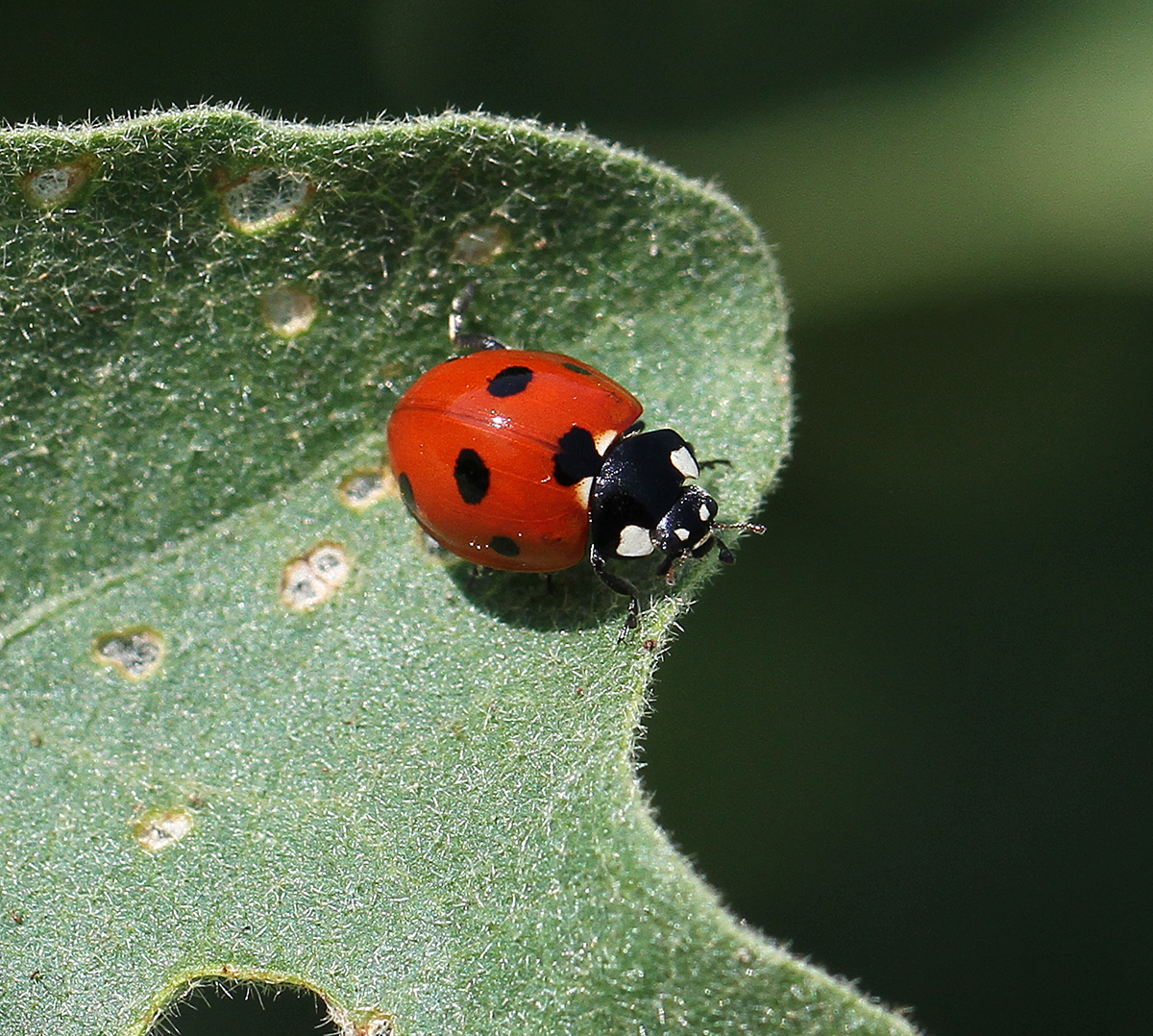Incredible Diversity of Critters on Eggplant Crop
go.ncsu.edu/readext?498442
en Español / em Português
El inglés es el idioma de control de esta página. En la medida en que haya algún conflicto entre la traducción al inglés y la traducción, el inglés prevalece.
Al hacer clic en el enlace de traducción se activa un servicio de traducción gratuito para convertir la página al español. Al igual que con cualquier traducción por Internet, la conversión no es sensible al contexto y puede que no traduzca el texto en su significado original. NC State Extension no garantiza la exactitud del texto traducido. Por favor, tenga en cuenta que algunas aplicaciones y/o servicios pueden no funcionar como se espera cuando se traducen.
Português
Inglês é o idioma de controle desta página. Na medida que haja algum conflito entre o texto original em Inglês e a tradução, o Inglês prevalece.
Ao clicar no link de tradução, um serviço gratuito de tradução será ativado para converter a página para o Português. Como em qualquer tradução pela internet, a conversão não é sensivel ao contexto e pode não ocorrer a tradução para o significado orginal. O serviço de Extensão da Carolina do Norte (NC State Extension) não garante a exatidão do texto traduzido. Por favor, observe que algumas funções ou serviços podem não funcionar como esperado após a tradução.
English
English is the controlling language of this page. To the extent there is any conflict between the English text and the translation, English controls.
Clicking on the translation link activates a free translation service to convert the page to Spanish. As with any Internet translation, the conversion is not context-sensitive and may not translate the text to its original meaning. NC State Extension does not guarantee the accuracy of the translated text. Please note that some applications and/or services may not function as expected when translated.
Collapse ▲Previous Page
Pollinators & Predators
Click on each photo to enlarge

Bumble bee (Bombus sp.) buzz pollinating an eggplant bloom. The eggplant bloom has poricidal anthers which means the flowers must be buzz pollinated for the pollen to be released. Photo by Debbie Roos.

Predatory big-eyed bug (Geocoris sp.). Big-eyed bugs are tiny, about 1/6″ long, and prey on aphids, small caterpillars, eggs, and other small insects. Photo by Debbie Roos.

Jumping spider (Colonus puerperus). Spiders are general predators and feed on a wide variety of insects. Photo by Debbie Roos.

Flesh fly (Sarcophaga sp.). Some species feed on decaying meat while other species are parasitoids of caterpillars. Photo by Debbie Roos.

Mealybug destroyer larva (Cryptolaemus montrouzieri) feeding on aphids and surrounded by ants which eat the sugary honeydew excreted by the aphids. Photo by Debbie Roos.

Seven-spotted lady beetle (Coccinella septempunctata). Lady beetles feed on insect eggs, aphids, small caterpillars, and other soft-bodied insects. Photo by Debbie Roos.

Green lynx spider (Peucetia viridans). The green lynx spider does not spin a web but lies in wait for its prey. Photo by Debbie Roos.














